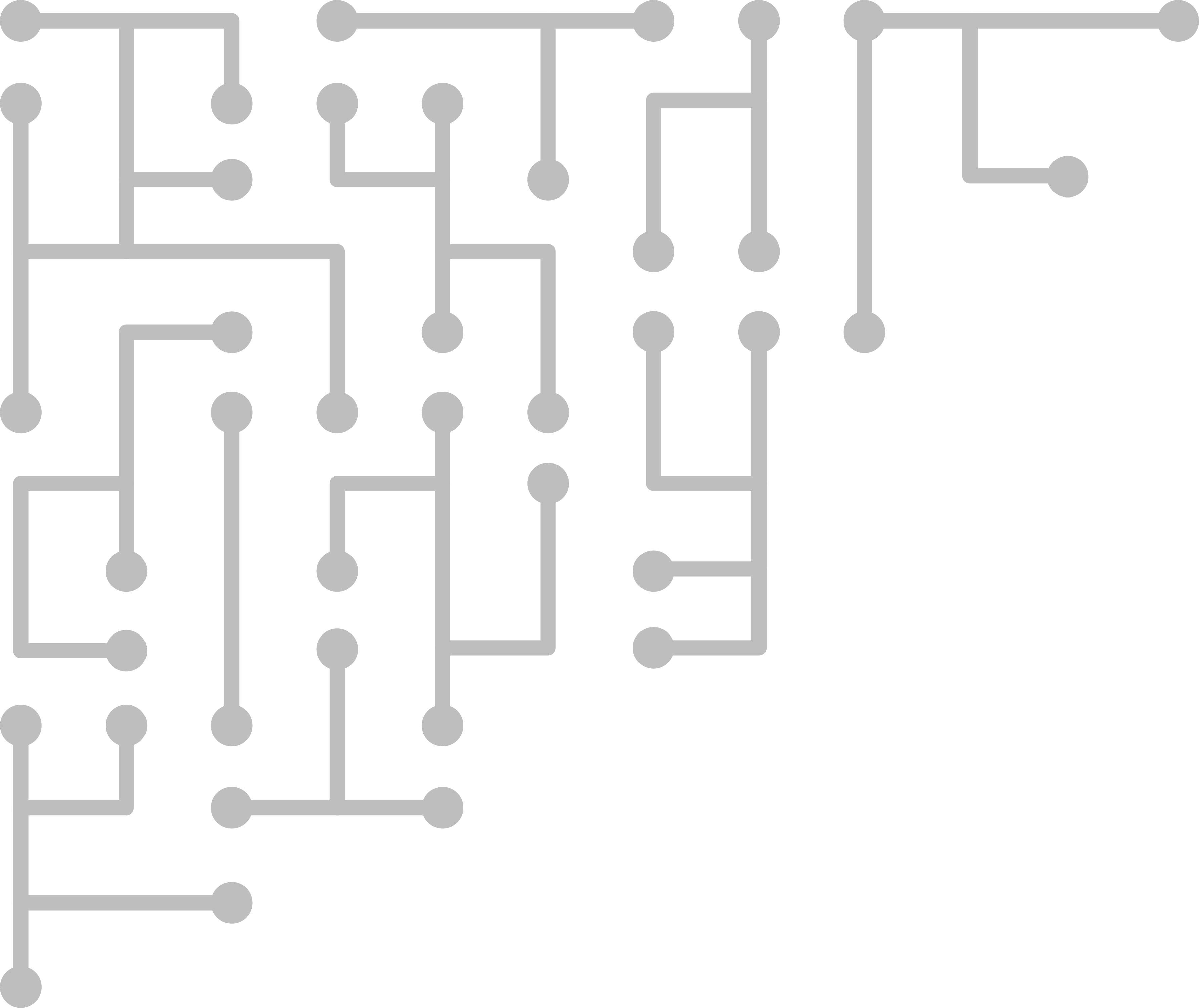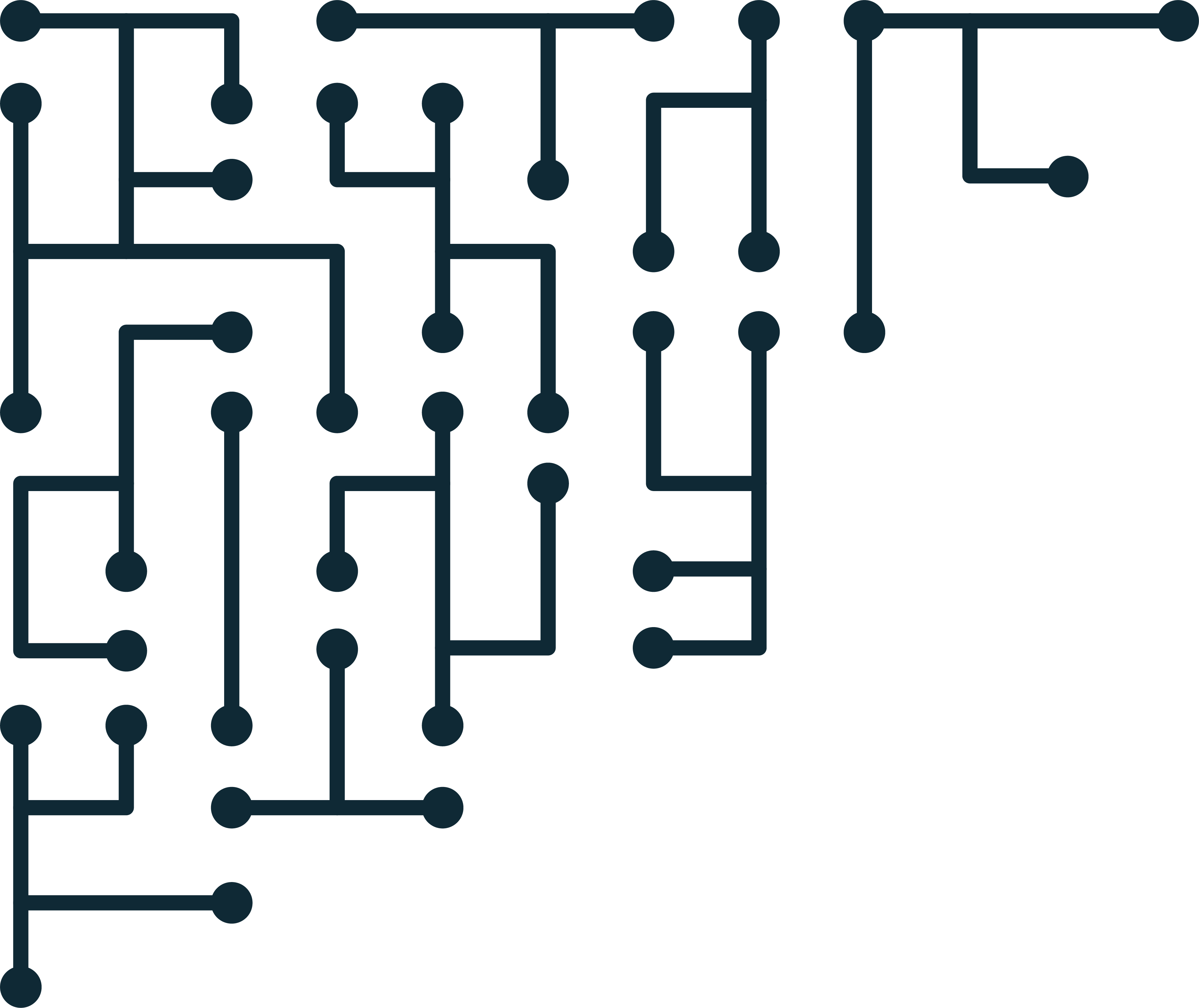DFIR already has Rapid Peer Review - we can do better
Introduction
Over the last few weeks Brett Shavers has been discussing how to publish DFIR research in a better way. I’ve been thinking about this from the academic side for a long time.
In his newest post he describes Jessica Hyde’s idea for “Rapid Peer Review”.
Disclaimer: I don’t know the details of the idea other than the bullet points given.
The problem with those bullet points is that that is how the current academic peer review system works. For example, the excellent Journal of Digital Investigation gives reviewers less than 30 days to submit their reviews. DI basically falls under the rules of Rapid Peer Review.
What practitioners want
From the discussion it looks like practitioners want:
- A single repository for trustworthy information (journal-esque)
- Easy to understand artifact lists, meanings and how to acquire (like a short paper)
- Published almost as easily as a blog post
- Referencing optional
- An easy way to be referenced (doi)
- Permanence - forever archived
- Open access - free
What academics want
- Recognition of the publication by their university
- Easily referenced
- Free
- Permanence
A solution to the review problem
The Rapid Peer Review has the same problem as current systems because it relies on closed review by a few experts. The problem with academic peer review is not usually the journal - it is how long the reviewers take to review. The reviewers are busy and tend to hold the whole process up. But, a good review does take time.
Instead, for artifact papers / short papers we should use open review. After an editor does a quick check, then the artifact paper is published with a review tag. The editor can still assign specific reviewers, or the community at large can comment on the paper. In this way, practitioners get immediate access to a publication, and the author gets a “real” publication.
A solution for academics
A publication (journal) needs to be indexed to be accepted as a ‘real’ publication in many universities. Just publishing artifact lists is unlikely to get the publication indexed. This means that academics would be less likely to publish artifact lists. However, we want academics to publish artifact lists.
The solution is to run an academic journal that accepts artifact lists, short papers and full papers. The journal would also accept full papers in a ‘traditional’ style. If the journal maintains publication for (I think) two years, then it can apply for academic indexing.
Once the journal is indexed, authors will get more credit for their publications, including artifact lists. I think a lot of researchers would go this route.
A solution for archiving
When this system is created, we don’t want all the work to be lost if the journal dies. There are two good options that I can see.
The first is just archiving everything to a GitHub open repository. When papers are published, that whole “issue” gets wrapped up and copied to GitHub. Assuming open repositories stay free, this is a good long-term solution for archiving a journal.
Also / alternatively is the CLOCKSS/LOCKSS system. This is an auto-archive that will redirect journal meta-data (see below) to a permanent archive if the journal dies. This method costs some cash, but it is a great backup.
A solution for referencing
It is really important for any work to be easily referenced. Currently DOI numbers are the standard way to reference academic works. DOIs could be given to almost any resource.
All resources related to this project should get DOI numbers pointing to the resource. The DOI would also be used to maintain permanence with systems like CLOCKSS.
A management system
All of this implies that the group can keep track of publishing workflows, DOIs, links to resources, versions, etc etc. I’m currently installing Open Journal Systems to make a demo for all of these workflows. With OJS, we can run self-hosted and completely control the review and publishing process. OJS also supports standard publishing features like DOI assignment, CLOCKSS and indexing.
What else is needed
If we maintain OJS, the only other thing that is needed is practitioners and academics contributing to the journal. Consistent publication can result in indexing. Indexing can result in more contributions. With these tools, everything can be done for less than a few hundred dollars per year.


